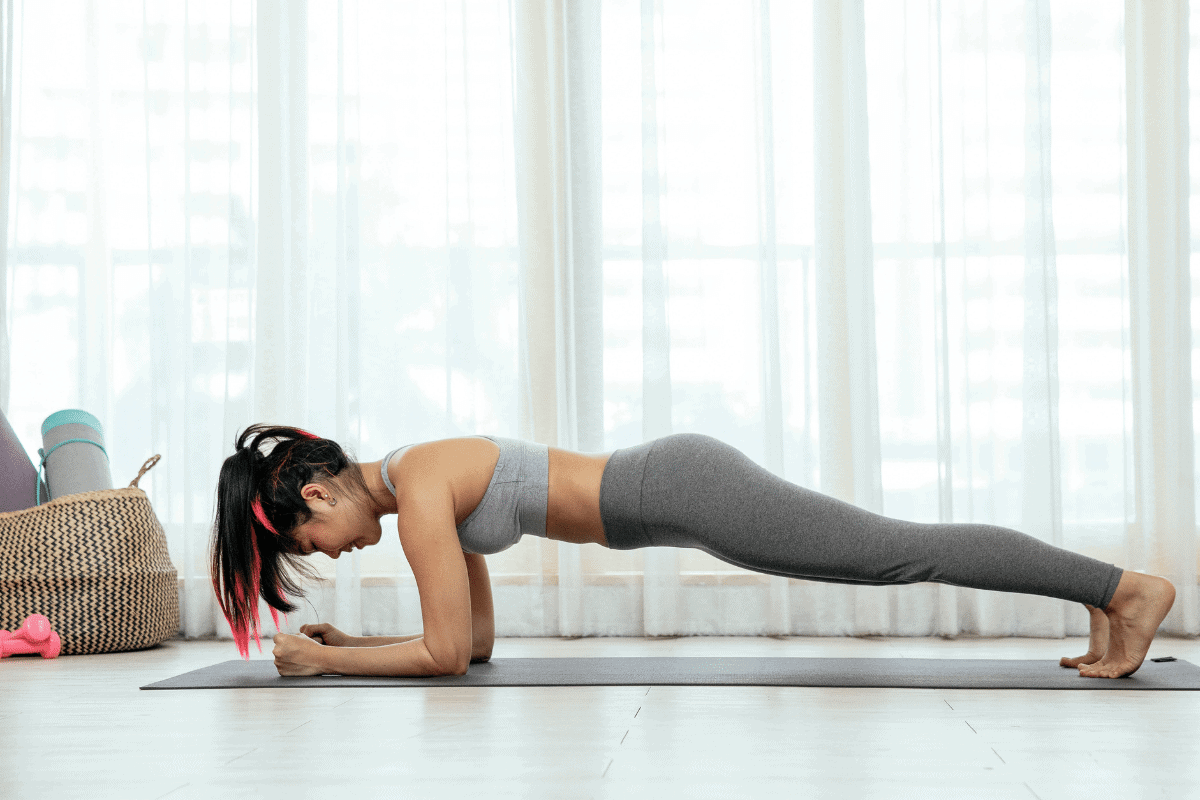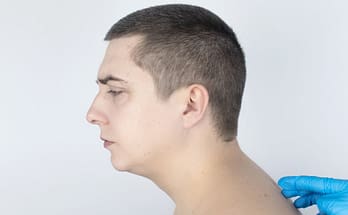Do you have a constant headache? Do you feel like your neck is always stiff? If so, you may have forward head posture. This is a common problem that many people suffer from, and it can be tough to fix. In this blog post, we will discuss 8 exercises that can help correct forward head posture. These exercises are simple and easy to do, and they actually work!
What is forward head posture?
Forward head posture is a condition in which your head is positioned too far forward, relative to the rest of your body. This can cause pain in the neck and shoulders, as well as headaches. It can also lead to problems with breathing and digestion. According to one study, forward head posture affects between 66% and 90% of the population.
There are several causes of forward head posture. One is poor posture habits. If you sit for long periods of time with your head tilted forward, or if you stand with your shoulders hunched forward, this can contribute to forward head posture. Another common cause is tightness in the muscles of the chest and upper back. This can pull the shoulders and head forward, leading to poor posture.
https://en.wikipedia.org/wiki/IHunch
Research facts
FHP is associated with reduced respiratory function, according to a small 2019 study of healthy university students.
In addition, FHP and kyphosis are associated with increased mortality rates, especially in older men and women, reported a 2019 review article.
The effective weight of your head on your spine increases from approximately ten to twelve pounds in the neutral position to forty-nine pounds when your head is hunched forward at a 45-degree angle, as found in a 2014 study.
Furthermore, research indicates that FHP reduces your balancing ability, according to a 2012 study of people who worked on computers for long periods of time.
Forward head posture symptoms
The most common symptom of forward head posture is pain in the neck and shoulders. This is because the muscles and ligaments in these areas are under constant strain when the head is positioned too far forward.
Headaches are also a common symptom, as well as difficulty breathing and digesting. If you have any of these symptoms, it’s important to see a doctor to rule out other potential causes.
Negative effects of forward head posture
There are several negative effects of forward head posture. These include pain in the neck and shoulders, headaches, difficulty breathing, and digestive problems. Forward head posture can also cause tension headaches, which are a type of headache that is caused by muscle tension.
In addition, forward head posture can lead to a condition called “text neck,” which is when you experience pain in the neck and shoulders from looking down at your phone or other electronic device for long periods of time.
8 exercises to fix forward head posture
There are several exercises that can help correct forward head posture. Below are 8 of the most effective workouts:
1. Chin Tucks:
This is the most basic exercise for correcting forward head posture.
Simply tuck your chin into your chest and hold it there for a few seconds before slowly releasing it back to its normal position. Repeat this several times throughout the day until you get used to doing it.
2. Doorway Stretch:
This stretch loosens the muscles located in the chest and shoulders, which pull the head forward. To do this stretch, put your arms on the door frame with elbows and shoulders bent at a 90-degree angle. Place one foot in the doorway, and bend the front knee until a stretch is felt along your chest and shoulder.
3. Shoulder Blade Squeeze:
This exercise helps to strengthen the muscles between the shoulder blades, which can help pull the shoulders back and improve posture. To do this exercise, simply squeeze your shoulder blades together and hold for five seconds. Repeat ten times.
4. Wall angel:
The wall angel is a simple exercise that you can do anywhere. All you need is a wall!
The wall angel is a simple exercise that you can do anywhere. All you need is a wall!
Stand tall with your head, shoulders, upper back, and butt pressed against the wall. Your feet should be 6–9 inches from the wall. Keep your knees slightly bent to reduce muscle tension.
Place the backs of your hands on the wall, slightly higher than shoulder height. Keeping your arms straight and shoulder blades against the wall, slide your arms down toward your shoulders.
Pause for just a moment when your elbows reach shoulder level, then slowly slide them back up to the starting position.
Repeat for 10 reps.
5. Sit and reach:
Sit on the floor with your legs straight out in front of you and toes pointed up. Reach forward as far as you can while keeping your back flat (no arching). Hold this position for 5 – 10 seconds then return to starting position and repeat 10 times.
6. Shoulder shrugs:
This exercise helps stretch and strengthen the muscles in the shoulders. To do this exercise, stand with your feet shoulder-width apart and your arms at your sides. Slowly lift your shoulders up towards your ears, then release them back down. Repeat this for 30 seconds.
7. Forward backward arm swings:
This exercise helps stretch the muscles in the back and shoulders. To do this exercise, stand with your feet shoulder-width apart and your arms at your sides. Swing both arms backward and forth, across the body. Repeat this for 30 seconds.
8. Bent over row
The bent over row is a great exercise to strengthen your back muscles and build muscle definition all along the torso. Stand with feet hip-width apart, knees slightly bent and hands placed on either side of a barbell.
Bend over at the waist until your torso is nearly parallel to the floor then pull up on the barbell using your back muscles as if you were trying to lift it off of the ground.
These exercises are simple and easy to do, but they are very effective in correcting forward head posture. Try incorporating them into your daily routine and you should see a difference in your posture. If you have any questions or concerns, be sure to speak with a doctor or physical therapist.
They can help you customize an exercise program that is specific to your needs. Text neck is becoming an increasingly common problem, but it can be corrected with some simple exercises.




